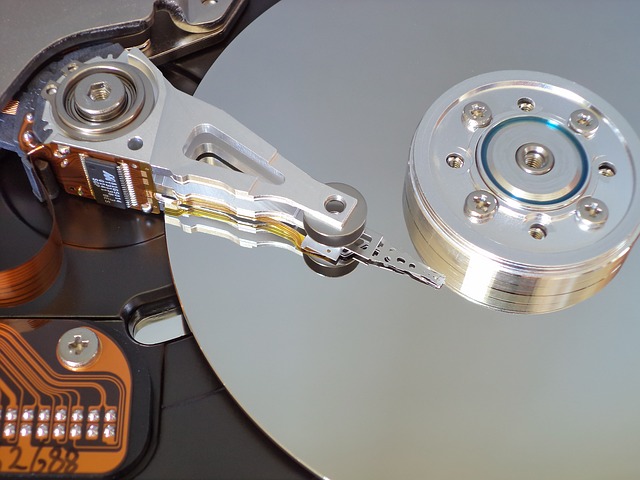Automatic Disk Cleanup in Windows 10 Creators Update
There will be an automated process to freeing up disk space on Windows 10 systems when the upcoming Creators Update is released this Spring.

As the testing of Windows 10 Redstone 2 continues by Microsoft and its massive army of Windows Insiders, we are getting closer to seeing the final elements of the feature set much clearer.
Since these Creator Update testing builds are pre-release software there is no guarantee that the features we are seeing today will make the final cut however, I wanted to start exploring some of them to see just what we can expect from them if they ultimately make General Availability.
The first one I am taking a closer look at is the new Storage Sense feature that is located at Windows Settings>System>Storage:
If you click on the Change how we free up space you will find the settings for this disk clean up feature:
This settings page provides a brief report of just how much space has been cleaned up in the last 30 days, provides two settings that you can toggle off which are on by default, and an option to run the disk clean up immediately.
The two settings are very self explanatory and if you do choose to run a clean up from this page you will get a report of how much space is freed up once it is complete.
I ran the separate Windows 10 Disk Cleanup utility to compare how much free space you get from that tool and the new Storage Sense feature in the Creators Update.
There are two ways to run the Disk Cleanup utility in Windows 10. Standard mode is what happens when you just start the app and it immediately begins scanning the disk drive for files that can be cleaned up on the system. If you want to take that even further there is an option after that initial scan to Clean up system files which will look even deeper for files that can possibly be removed. That second option is a great way to clean up old builds of Windows 10 after a new feature update is installed but it should not be used routinely for freeing up space as you may unnecessarily remove files you should keep.
In the first run of the Disk Cleanup utility it showed there were 497MB of files that could be removed. Using the Clean up system files secondary scan it showed 24.1GB of files that could be cleaned up. Note: A large chunk of that space was due to past Windows 10 Insider build updates that I had not yet cleaned off my test systems drive.
After running the new Storage Sense tool in the Windows Settings app it showed 1.35GB of disk space was made available.
According to the Disk Cleanup utility scan after that clean up process, it showed 351MB of files were now available for possible removal and the scan to Clean up system files showed there were now 22.5GB of system files that could be removed.
So what does my very unscientific analysis of the new Storage Sense feature show?
Well, it obviously pulls some mix of files from both modes of the Disk Cleanup utility and for most users the routine maintenance/removal of temporary files using Storage Sense should be more than sufficient.
However, for advanced users the Disk Cleanup utility is going to continue being a great resource when lots of disk space needs to be reclaimed.
But, wait...there's probably more so be sure to follow me on Twitter and Google+.
About the Author
You May Also Like
.jpg?width=100&auto=webp&quality=80&disable=upscale)
.jpg?width=400&auto=webp&quality=80&disable=upscale)






.jpg?width=700&auto=webp&quality=80&disable=upscale)
